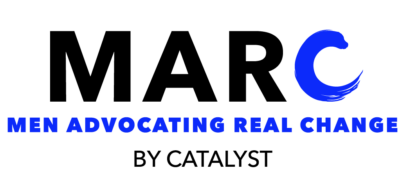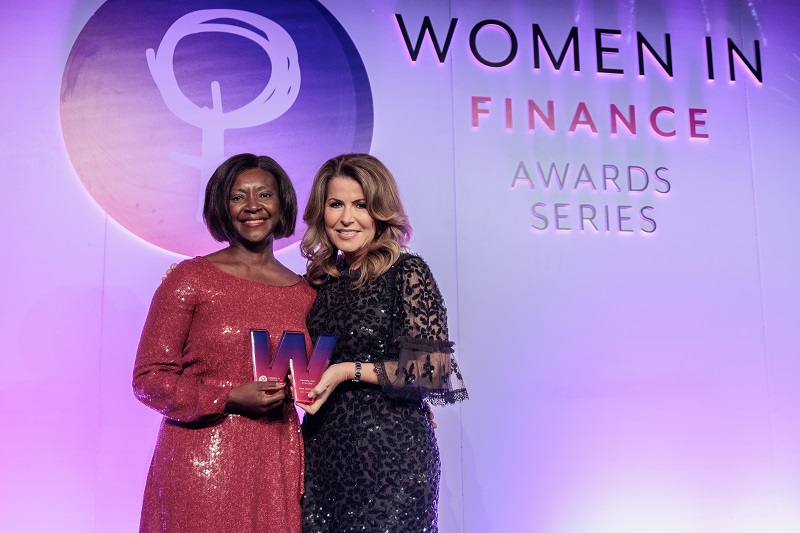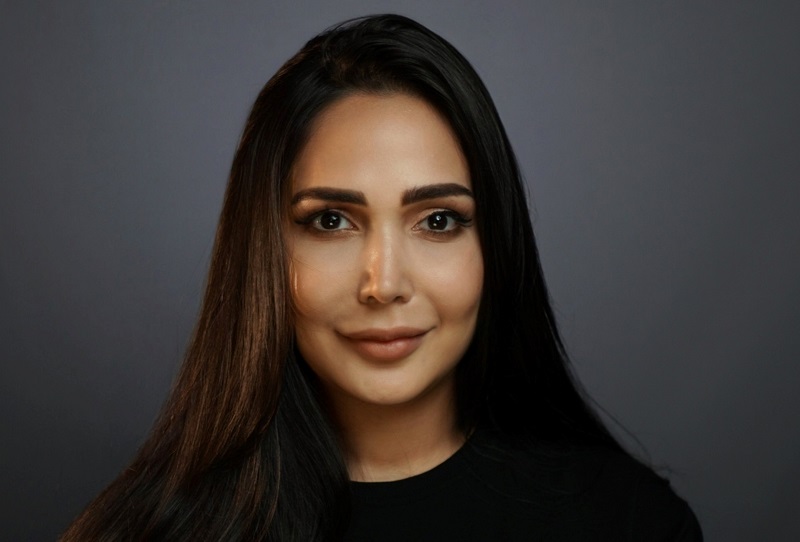Where We Started: About Women, for Women, By Women
Catalyst – now approaching its 60th anniversary – was one of the first global organisations to focus on advancing women in the workplace. Founded in 1962, Catalyst initially offered career counselling for women. More than a decade later, the focus shifted to working with organisations to advance women at work.
In the decades that have followed, we have seen a plethora of gender equity and inclusion initiatives – mostly about women, for women, and by women. However, many of these initiatives did not bring about the desired change and companies and leaders reported frustration with the glacial pace of progress. These were ideal conditions under which “gender fatigue” was able to flourish.
Evolution: Men as Champions, Allies and Ambassadors
Based on these experiences, leaders came to realise that gender equity was everyone’s issue: that all genders stood to benefit from a more equitable workplace and society and that men had a pivotal role to play in accelerating change. The data confirmed these new beliefs; “Worldwide, our data shows that among companies where men are actively involved in gender diversity, 96% report progress. Conversely, among companies where men are not involved, only 30% show progress”). Source: Five Ways Men Can Improve Gender Diversity at Work
The ‘why’ of engaging men became evident, but the ‘how’ remained challenging. It was not always clear what exactly men were supposed to engage in and, more importantly, how they might benefit. Catalyst’s foundational ‘Engaging Men’ research provided insights into barriers to men’s engagement, factors that make them more likely to engage, and how gender-equity initiatives benefit them. Benefits include better mental and physical health, freedom from traditional gender expectations, more rewarding and intimate relations with partners and children, more meaningful and productive relations at work, and better decision-making and outcomes.
The findings from these studies provided the backdrop for the MARC (Men Advocating Real Change) initiative, which launched in 2012 with the mission of more fully leveraging men’s unique responsibility and opportunity as advocates of change.
As MARC has evolved into a global movement, we have continued to learn valuable lessons about how to build advocacy and effective gender partnership skills. Our more recent research on Interrupting Sexism revealed that even very engaged men face barriers—and that there is a huge gap between men’s willingness to act and their confidence in their ability to do so. In fact, an overwhelming majority of men (86%) say they are personally committed to interrupting sexist behaviours when they see them in the workplace. Yet, only 31% feel confident in their ability to do so.
We also now know that without unpacking masculinity and examining the impact of archaic gender norms on men, we are unlikely to decrease zero-sum thinking and fully bring men on board. Men need to know and feel that gender equity work is inherently about them as opposed to being someone else’s issue. Only then will they be motivated to go beyond cheering on ‘the others’ from the sidelines and get involved in the more personal, nuanced work of advocating systemic and lasting change.
What’s Needed Now: A Combination of Advocacy & Gender Partnership
The challenges faced by individuals, leaders, communities, and organisations in today’s global context are immense, and the ability to collaborate and lead across difference has never been more important. Acknowledging the nuances of how gender is constructed, experienced, and expressed is crucial. Learning to apply an intersectional lens is also critical.
All of this can seem daunting and overwhelming. It’s hard work, but it’s also some of the most rewarding work you will ever do.
We hope you’ll join us on September 14 to continue this conversation in more depth. In the meantime, here are some points to consider:
Stop:
- Framing gender equity as a “women’s issue”.
- Referring to “women and other minorities”.
- Debating the business case for diversity and inclusion. It’s insulting to those who are already marginalised and underrepresented.
Start:
- Extending invitations to men to join the gender equity conversation. Don’t assume they feel welcome.
- Acknowledging and exploring how men are impacted by masculine norms and how they can benefit when these norms are dismantled.
- Engaging in dialogue, not debate. Honest, courageous, non-blaming conversations where different perspectives can be shared are essential.
- Acknowledging that gender is complex and not limited to a binary.
- Accepting that all of us are more than our gender.
- Showing willingness to learn; don’t expect others to educate you or tell you what to do.
- Exploring the difference between allyship and advocacy.
- Proactively seeking opportunities to advance equity and inclusion.
- Building alliances across your organisation and network; seek out like-minded advocates who will support your efforts and strengthen your resolve. Join the MARC movement!
Connect with us on LinkedIn > Marc by Catalyst
Read more about MARC here > www.catalyst.org/marc/
 |  |
| Jose M. Romero Director, MARC Alumni Learning & Engagement Catalyst | Sandra Ondraschek-Norris VP Global MARC Learning Catalyst |
You can hear more from Sandra and Jose at the Women in IT Virtual Summit 2021, Europe, on September 14. You can view the agenda and register here.









